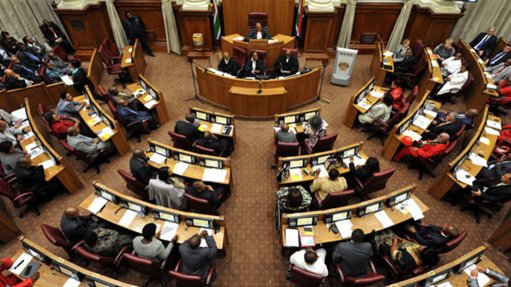
As the Department of Energy (DoE) on Tuesday presented the case for nuclear energy to Parliament, the National Nuclear Regulator (NNR) faced uncertain times.
Funding for the NNR had always been an issue of contention. It received its revenue from two streams – the operators of nuclear facilities and a grant from the fiscus. But the grant would decline steadily over the 2014/15 to 2016/17 financial years, in light of the mandatory budget cuts from National Treasury.
“For the NNR to roll out its full-steam readiness programme for the new nuclear build, the size of the NNR needs to be more than doubled. It needs 300 staff members,” said DoE deputy director-general Zizamele Mbambo.
He told Parliament’s Portfolio Committee on Energy that the slash in the grant was not sustainable “for a body with such a very serious mandate”.
He called for more funding for the NNR, which often had to represent government internationally and at regional forums.
Mbambo said the Centre of Excellence which had been planned for the NNR would only be feasible if more funds were made available.
“This is a developmental endeavor and needs a longer lead time before the actual new build takes off.”
The centre would be 100% owned by the NNR, hosted by one university and would involve the participation of many other South African universities. It aims to develop a home-grown cadre of skills to support the NNR and the industry, particularly on areas such as nuclear safety, nuclear security and radiation protection.
Mbambo told MPs that the government was firmly committed to going ahead with the nuclear build programme, with the first unit scheduled for 2023, and other units to follow soon afterwards.
“We are going to procure 9.6 GW of power from six to eight units, depending on the type of technology. If we are going to have this huge programme, government will have assets which will provide electricity for more than 60 years.”